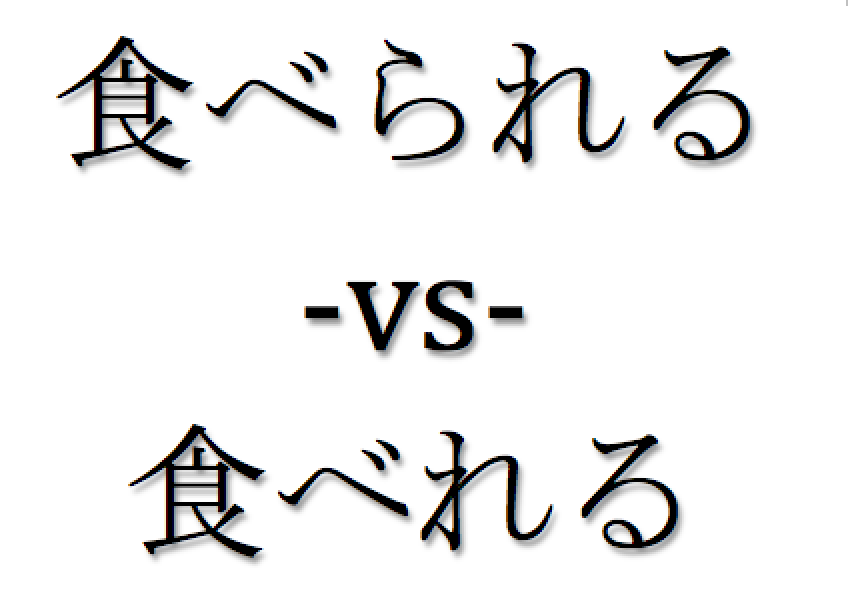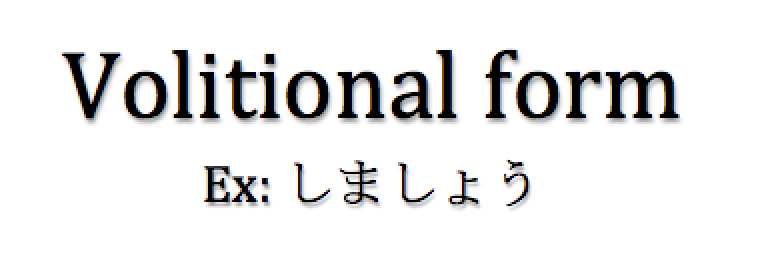Japanese verb suffix 〜きる (~kiru)
In Japanese there are many verbs which can be as a suffix to another verb in order to enhance the other verb’s meaning. The verb which is being enhanced comes first and is always in the pre-masu form (i.e. たべる→たべ or のむ→のみ). The suffix which does the modification can be conjugated like a normal verb… Read More »

